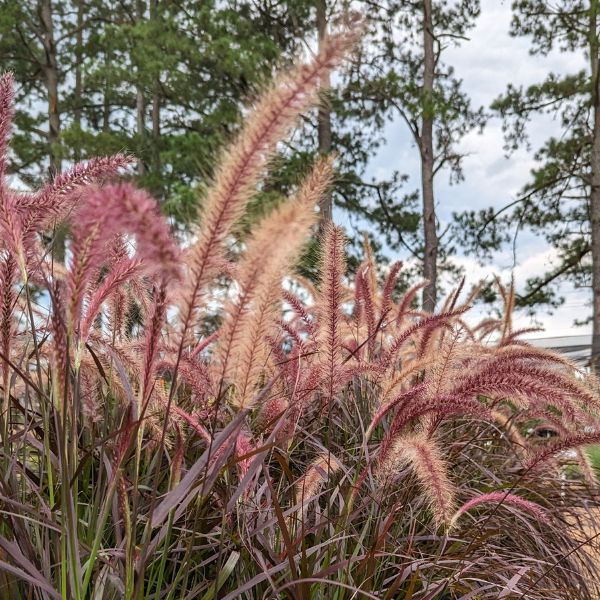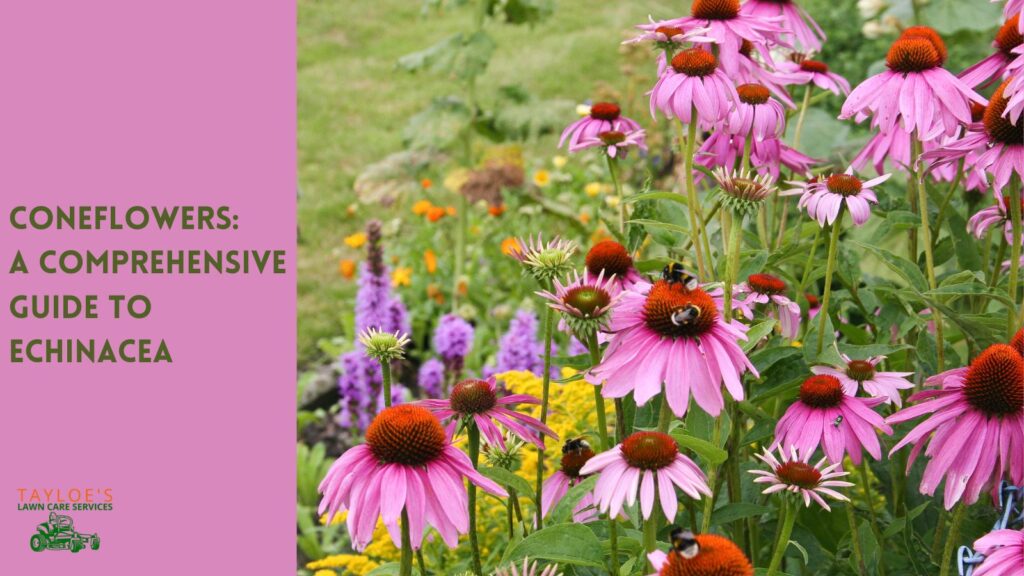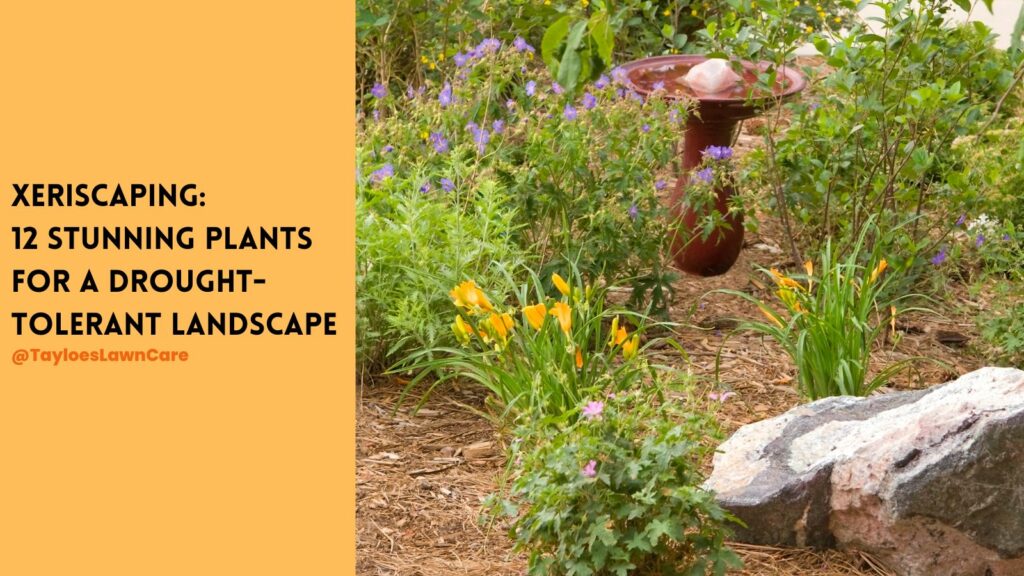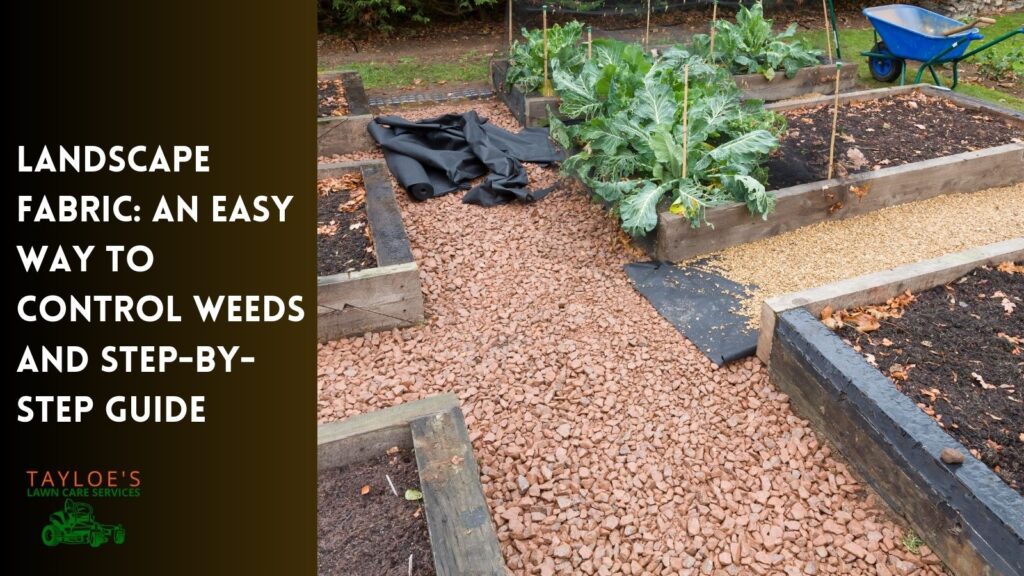Last Updated on: 30th October 2023, 02:14 pm
Read why Pennisetum setaceum ‘Rubrum’ is a favorite decorative grass.
Purple Fountain Grass, Pennisetum setaceum ‘Rubrum,’ is an exemplar in the sphere of ornamental grasses. Its captivating aesthetics and multifaceted utility have carved a significant niche within the horticultural community. Esteemed for its striking appeal and vast adaptability, this extraordinary specimen effortlessly graces many landscapes. Anywhere you use it, it will add its unique charm.
Read on for an in-depth study of this plant. By the end of this content, you will know why it is a horticultural jewel and a delightful addition to any garden setting. You’ll learn about the following:
- The impressive appearance of this grass
- USDA growing zones
- Optimal planting conditions: sunlight, water, and fertilizer needs
- Landscaping applications.
Description and Appearance of Purple Fountain Grass
Popularly known as the Purple Fountain Grass, Pennisetum setaceum ‘Rubrum’ is distinguished by its striking burgundy-red foliage and flower plumes. Its graceful arching blades can bring a dash of color and texture to any space. Its narrow leaves, which start green in spring and gradually darken to a rich burgundy, form a dense clump, lending a robust yet elegant touch to its overall appearance.
When in bloom from mid-summer to early fall, the ‘Rubrum’ boasts smoky-pink, feathery flowers that elegantly tower above the foliage, reaching a mature height of approximately three to five feet. The seed heads resemble bottlebrushes, radiating a certain exuberance that’s hard to ignore. These plumes and lush foliage often spread to an average width of two to four feet.

Planting Zones and Conditions
The ‘Rubrum’ is a warm-season perennial grass that thrives in USDA hardiness zones 9-11. Although it can survive mild winters in zones 7-8, it’s typically grown annually in cooler climates. This adaptable plant is tolerant of urban pollution and able to establish itself in various environmental conditions, an attribute much admired by seasoned gardeners like ourselves.
Pennisetum setaceum ‘Rubrum’ enjoys basking in full sun, requiring at least six hours of direct light daily. Less sunlight may lead to suboptimal coloration and weaker growth.
Watering and Fertilizing Needs
Consistent watering is key during the ‘Rubrum’s’ initial growth phase. Once established, it exhibits high drought tolerance, demanding only moderate watering. Overwatering or poorly drained soil can lead to root rot, an issue we want to avoid.
As for fertilization, a balanced granular fertilizer (10-10-10 or similar) applied in the spring can fuel its growth. Supplemental feeding during the growing season may also benefit the plant, especially in poorer soils.
Soil Preference and pH
Pennisetum setaceum ‘Rubrum’ can adapt to various soil types, from sandy to clay, loamy to chalky. However, it prefers well-drained soils for optimum growth. The ‘Rubrum’ is quite flexible concerning soil pH, tolerating anything from slightly acidic to mildly alkaline conditions (pH 5.5 – 8.0).

Landscape Uses for Purple Fountain Grass
Purple Fountain Grass, with its striking color palette and impressive stature, is an extraordinary choice for various gardening applications. Its suitability for mass planting is particularly noteworthy. When deployed in large numbers, the ‘Rubrum’ can transform a swath of land into a mesmerizing sea of burgundy, acting as a vibrant tapestry against which other garden elements can stand out. This effect is particularly arresting in the late afternoon and early evening light, where the setting sun’s warm hues amplify its burgundy to purple foliage’s natural beauty.
In addition to mass planting, the ‘Rubrum’ is an exceptional candidate for containers. This allows the gardener to regulate its robust growth while showing off its visual appeal. When used in this manner, it becomes a mobile design element that can be positioned to accent specific areas or moved according to seasonal variations or individual design whims.
The ‘Rubrum’ also shines when utilized in borders, where it can provide both structure and drama. Its tall, feathery plumes create a dynamic visual barrier, marking the boundaries of garden spaces, while its rich color palette brings depth and warmth. Additionally, it offers a stunning focal point when planted as an accent. Its remarkable height and intense colors can draw the eye, guiding visitors’ gaze through the garden landscape.
One of the beauties of the ‘Rubrum’ is its ability to provide vertical and color interest. This dual capability makes it an invaluable tool in garden design. It is a living architectural element that complements and enhances traditional and contemporary garden schemes.
The choice of companion plants can further amplify the ‘Rubrum’s’ aesthetic impact. Consider plants that contrast or harmonize with the purple or burgundy hues. Silver-foliaged plants, such as Artemisia, are a striking counterpoint to the ‘Rubrum’s’ intense coloration. Similarly, brightly colored flowers, like the pink or orange hues of Coneflowers (Echinacea), the golden yellow of Black-eyed Susans (Rudbeckia), or the myriad colors of Daylilies (Hemerocallis), can create a vibrant dialogue with the ‘Rubrum’s’ burgundy foliage and smoky-pink plumes.
For a subtler, more harmonious look, consider pairing the ‘Rubrum’ with blue ornamental grasses, such as Blue Fescue (Festuca glauca). The cool tones of these grasses can serve to soften the ‘Rubrum’s’ intense hues while providing a contrasting texture. The interplay of color, form, and texture between these grasses can result in a profoundly engaging and visually satisfying garden display.

Avoid Planting Pennisetum setaceum ‘Rubrum’ Near These Plants
While the Pennisetum setaceum ‘Rubrum’ boasts impressive compatibility with various other plants, caution is advised when considering its placement with smaller, more delicate species.
The ‘Rubrum’ is known for its robust and vibrant growth. That can contribute to its visual allure but inadvertently create challenges for less assertive plants. Its mature size and dense, clumping growth habit can quickly occupy substantial garden space. This can significantly reduce sunlight and nutrients for neighboring plants, hampering their growth or, in extreme cases, causing them to fail.
It’s imperative to be mindful of this when dealing with naturally diminutive or slow-growing plants. Examples might include certain ground-cover plants, like thyme or creeping phlox, or delicate flowering plants, such as lobelia or dwarf impatiens. These species can easily be overshadowed or outcompeted by the vigorous ‘Rubrum,’ leading to a lack of balance in your garden’s ecosystem.
Furthermore, the ‘Rubrum’s’ expansive root system can potentially absorb moisture and essential nutrients from the soil faster than its less aggressive neighbors. As a result, it can cause an imbalanced distribution of resources.
These factors give the ‘Rubrum’ sufficient space to grow and flourish. Conversely, you might pair it with plants that can withstand its vigorous growth habit is recommended. Alternatively, consider utilizing physical barriers or separate planting beds to prevent inadvertent encroachment on the territory of smaller, less resilient species. Implementing such strategies lets you capitalize on the ‘Rubrum’s’ spectacular aesthetic appeal. You will also preserve the health and vitality of all plants in your garden when using the best design practices.
The Takeaway: Growing Purple Fountain Grass Adds Lovely Color, Height, and Texture to Your Garden
Purple Fountain Grass is a dynamic and compelling addition to any garden. Its spectacular color, captivating texture, and resilient nature make it a must-have for gardeners seeking both aesthetic pleasure and practicality. Enjoy the rich, cascading colors of the ‘Rubrum’ and relish the beauty it imparts to your garden sanctuary. Love this type of content? Follow Tayloe’s Lawn Care Services on Pinterest and Facebook for more!
Author Profile

- Deborah Tayloe is the CEO and co-founder of Tayloe's Lawn Care Services, LLC. She has a B.S.Ed and holds certificates in soil and water management and herbology from accredited programs.
Latest entries
 Trees and ShrubsApril 22, 2025Boxwood Blight: Early identification and isolation
Trees and ShrubsApril 22, 2025Boxwood Blight: Early identification and isolation Flower GardenApril 8, 2025John F. Kennedy Rose: Hybrid tea rose with elegant white blooms
Flower GardenApril 8, 2025John F. Kennedy Rose: Hybrid tea rose with elegant white blooms Vegetable GardenMarch 24, 2025Trellis vegetables provide an abundant vertical garden harvest
Vegetable GardenMarch 24, 2025Trellis vegetables provide an abundant vertical garden harvest GardeningMarch 17, 2025Are coffee grounds good for compost?
GardeningMarch 17, 2025Are coffee grounds good for compost?






